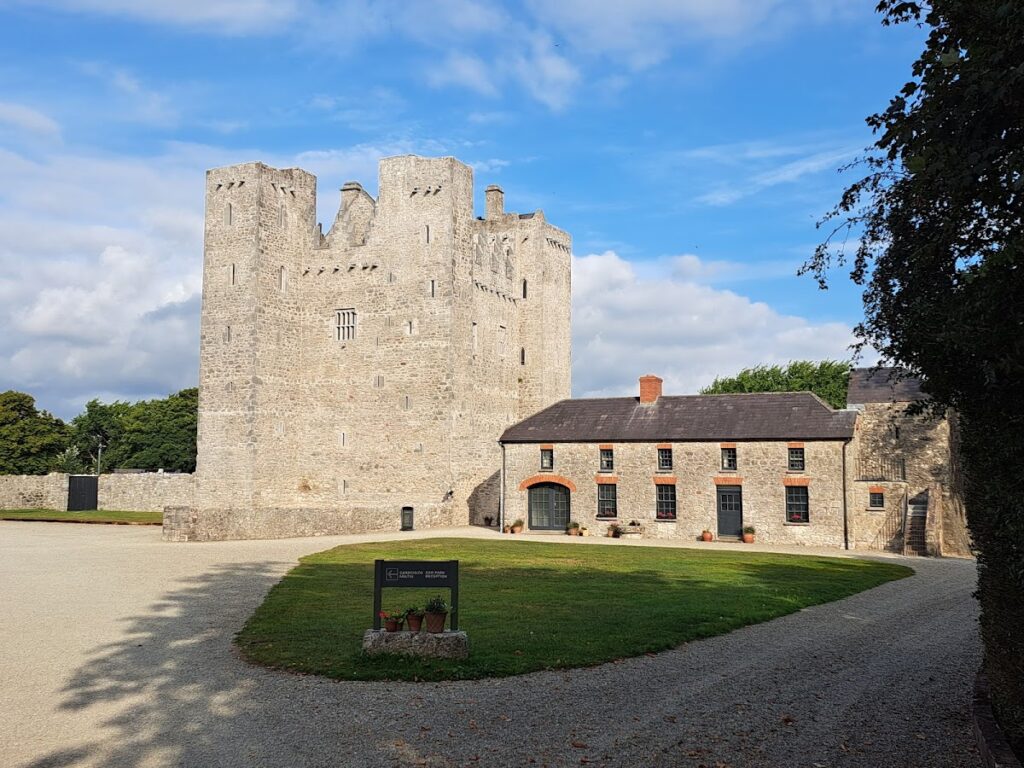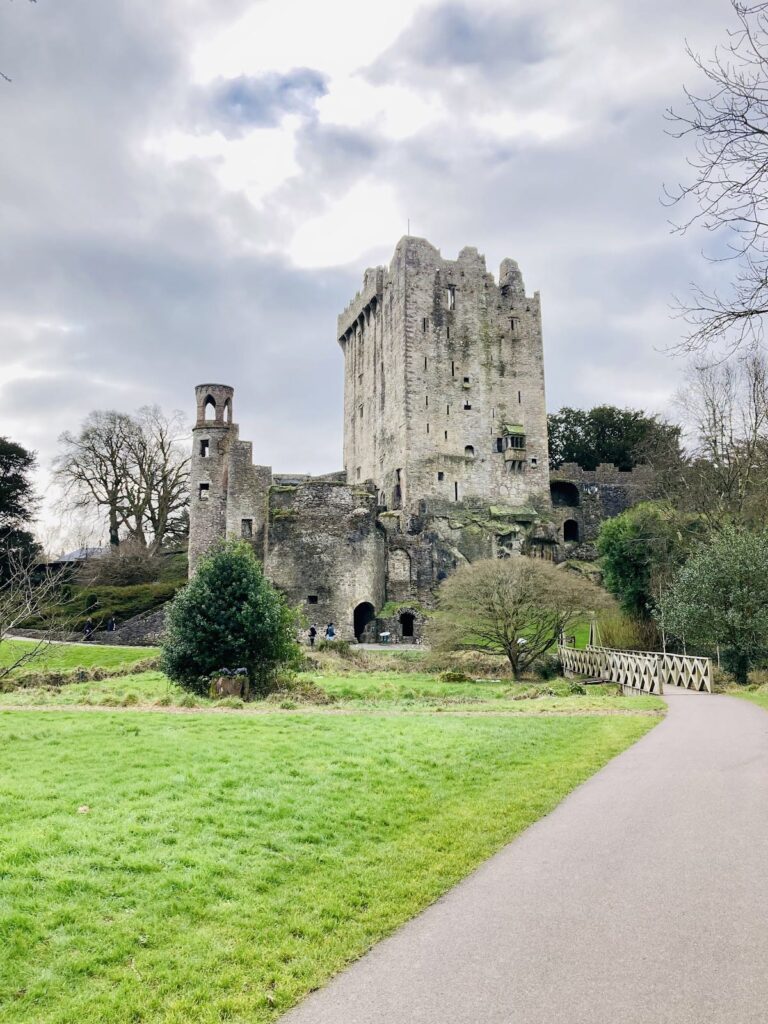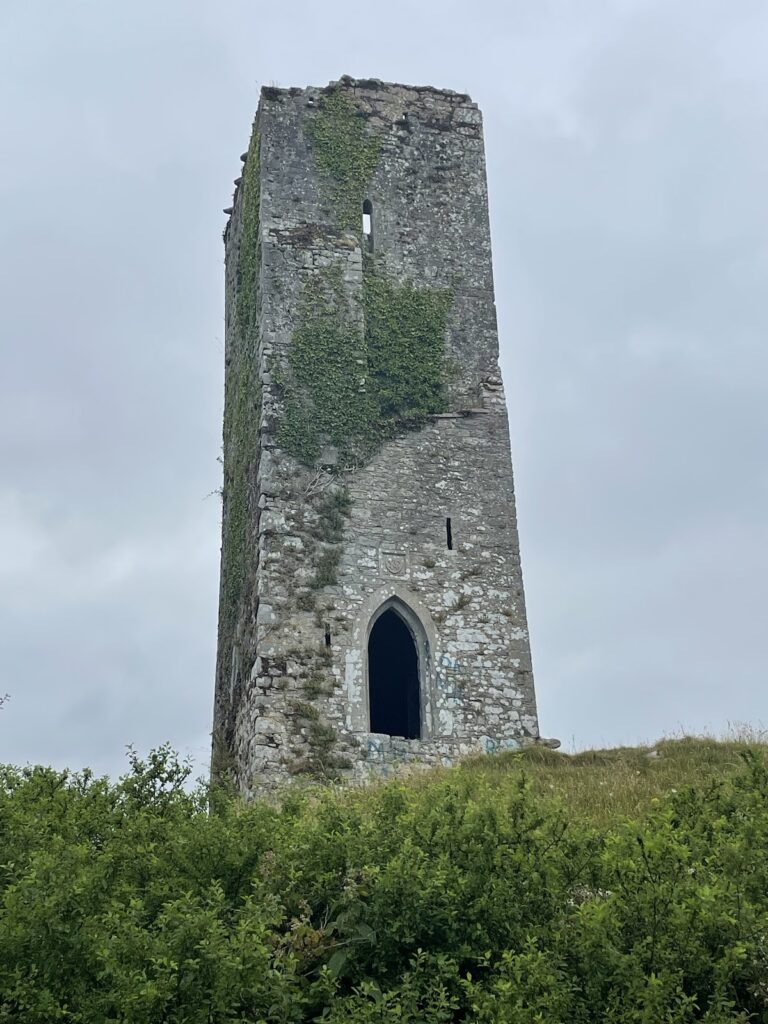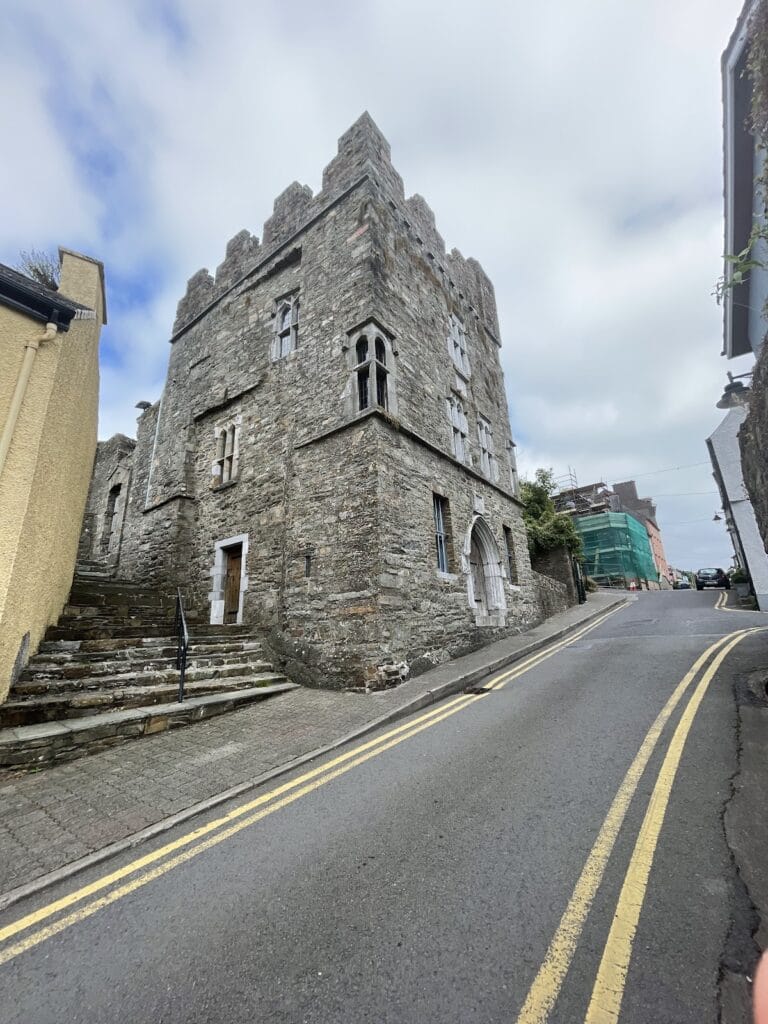Barryscourt Castle: A Historic Medieval Fortification in Cork, Ireland
Visitor Information
Google Rating: 4.8
Popularity: Low
Google Maps: View on Google Maps
Official Website: heritageireland.ie
Country: Ireland
Civilization: Unclassified
Remains: Military
History
Barryscourt Castle is located in Barryscourt, within the municipality of Cork, Ireland. The site has a long history of occupation, initially established by early medieval Irish inhabitants.
The earliest known activity at the location dates back over 1300 years, when a wooden watermill operated there during the 7th century. This predates any stone fortifications and reflects the early use of the site for practical, industrial purposes related to water management. Following the Anglo-Norman invasion of Ireland in 1171, the lands were granted to the de Barry family, an influential Anglo-Norman lineage. Evidence of 12th-century stone foundations at Barryscourt may relate to an initial fortification or watermill constructed by the de Barrys to establish control over the territory.
Barryscourt remained in the possession of the senior de Barry family line, the Barrymores (“Great Barrys”), until 1556. At that time, ownership transferred to a distant relative, James FitzRichard of the Barryroes (“Red Barrys”). The current castle structure largely took shape during the 15th and 16th centuries, with architectural features pointing to a construction date around 1550. This period marked the castle’s role as the main residence and administrative center for the Barry family lineage.
During the turbulent times of the Desmond Rebellions, which occurred in 1569 and 1579, the Barrys supported opposition against English rule. In 1581, faced with the threat of English forces led by Sir Walter Raleigh, the Barrys deliberately destroyed or weakened their castle holdings, including Barryscourt, to prevent their capture. After the rebellion was suppressed, Queen Elizabeth I pardoned the family. Subsequently, Barryscourt was repaired and fortified further with the addition of an outer defensive wall known as a bawn and three corner towers, enhancing its protection.
The castle continued to be occupied through the early 17th century, with records confirming use as late as 1617. However, it gradually ceased to serve as the primary residence of the Barry family afterward. During the Irish Confederate Wars, Barryscourt was targeted in military action and was besieged by English forces. In 1645, the castle was captured following an assault that left lasting damage, including cannonball impacts still visible on the walls today.
In the early 18th century, ownership passed to the Coppinger family, who constructed a nearby residence that no longer exists. Over the centuries, Barryscourt fell into decline until restoration efforts began in the late 20th century. From 1987 onward, the Barryscourt Trust initiated work to preserve the site, later joined by the Irish heritage authority Dúchas. Today, the castle’s careful restoration includes a reroofed tower house and a reconstructed 16th-century interior, preserving Barryscourt’s historical significance.
Remains
Barryscourt Castle exemplifies the typical layout of 16th-century Irish castles, featuring a main tower house accompanied by smaller adjacent buildings clustered around a central courtyard. This courtyard is enclosed by a strong outer stone wall, known as a curtain wall or bawn, which incorporates three smaller defensive towers placed at its corners. These components together form a roughly rectangular enclosure, designed to provide both living quarters and protection.
The primary tower house is situated at the southwest corner of the castle grounds. This main structure rises three stories tall, constructed of solid stone walls that have been restored and retain much of their original form. Attached to the bawn, it served as the family’s principal residence and stronghold. The three corner towers projecting from the north-east, south-east, and south-west corners of the bawn are more vertically prominent, extending up to five storeys in height, thereby offering strategic lookout points and flanking defense.
Access to the courtyard is controlled through a main entrance located in the south curtain wall next to the main tower. This gate allowed monitored entry while maintaining security. A secondary, smaller gate exists in the north curtain wall, providing an additional controlled access point. Within the enclosed courtyard, the foundations of a substantial building lie beside the main tower; this structure is believed to have functioned as a banquet or dining hall, although only ruins remain today.
An intriguing feature of Barryscourt Castle is its system of underground dungeons, designed as drop-prisons. These spaces allowed captives to be lowered or dropped into secure holding areas from openings above, reflecting medieval methods of imprisonment and defense. The extensive stone construction of the castle has preserved these features in situ.
Significant visible evidence of the castle’s military past remains in the form of cannonball scars on its outer walls. These marks originated from the siege led by English forces in 1645 during the Irish Confederate Wars and stand as a tangible reminder of the violent conflict endured by the castle.
Overall, Barryscourt Castle today presents a well-preserved example of late medieval fortification in Ireland. Its stone walls and renovated roofing combine with the archaeological remains of its original buildings to tell a rich story of its evolving defensive and residential roles.










